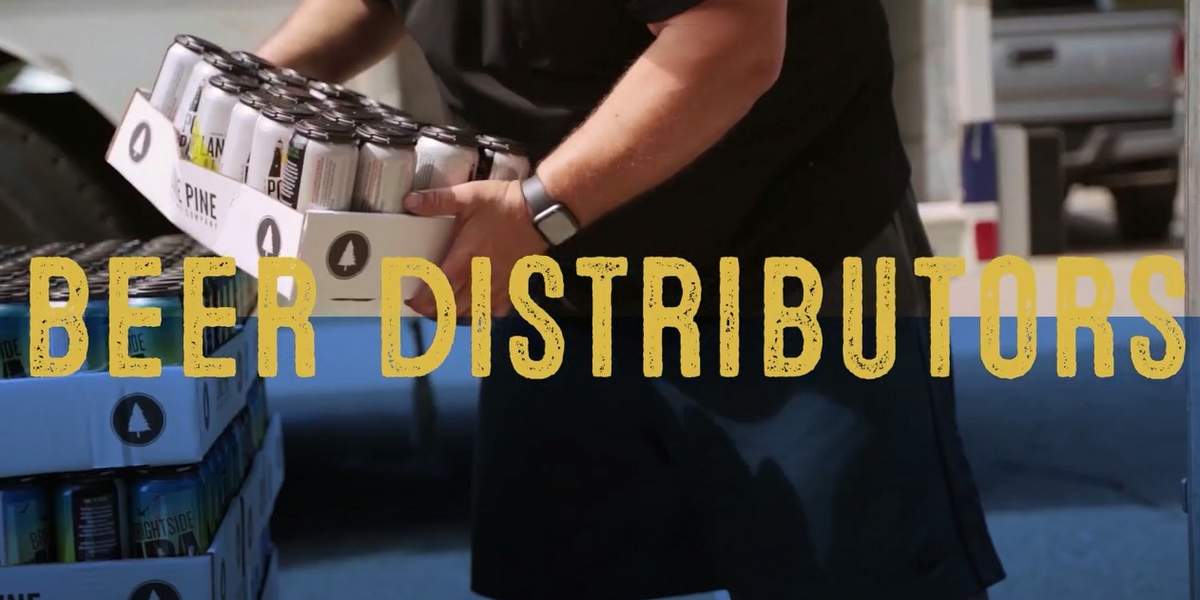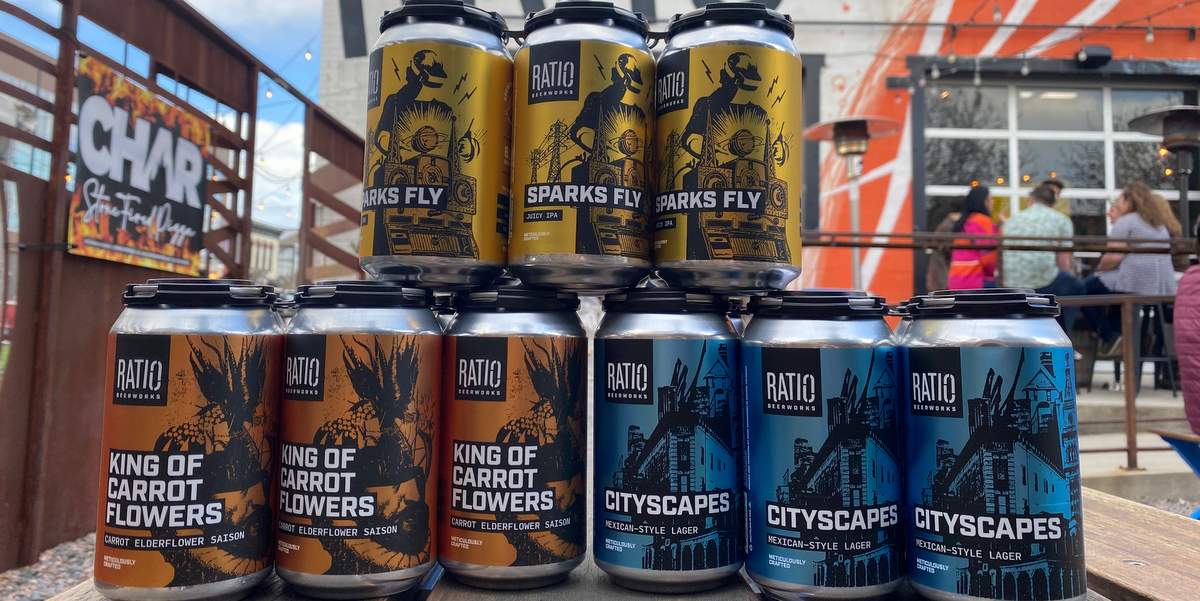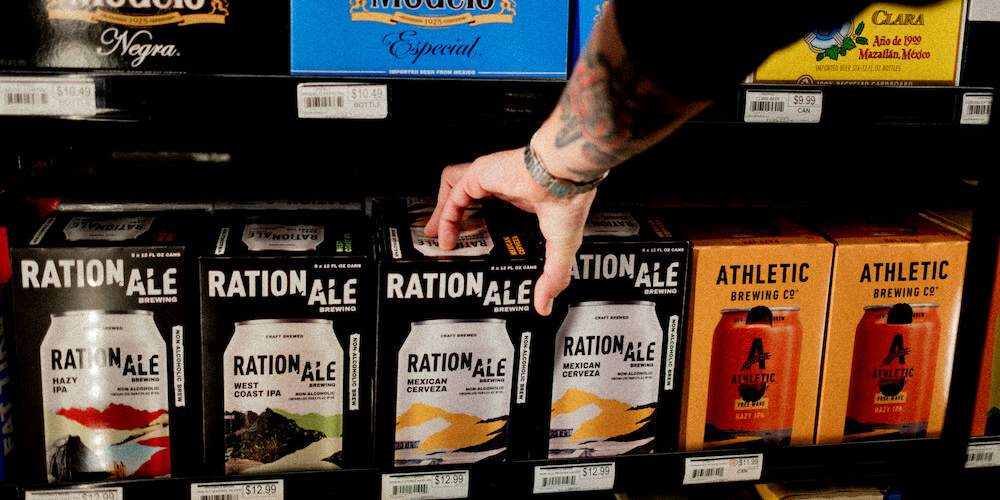
The lifespan of consumer trends continues to decrease. What once was a five-year trend, dropped to three, then two, then even seasonal. Today, the trend points to consumers wanting more choices. They want experiences. They want brands that reflect who they are and their lifestyle. They want beer-like beverages like RTD canned cocktails, hard seltzers, wine and spirits, and “better for you” alternatives.
On the other hand, supply chain disruptions, Covid and non-Covid related, are becoming more of the norm–limited supply of packaging materials, COGS increases, shortage of drivers, spikes in innovation, rapid introduction of new products, and more.
There’s a lot of truth in “building for failure is the recipe for success” as it allows us to become more resilient to withstand the next storm – be it an economic downturn, the next pandemic, a cybersecurity attack, or simply an unanticipated consumer trend.
The industry needs to evolve the already brittle supply chain demand planning process to avoid product glut or famine, allowing us to continuously innovate and meet demand as if we’re always in a crisis.
To do this, it starts with realizing that five long-held “truths” about demand planning are actually deadly myths. Then we need to work together to implement modern approaches to reverse them. Thankfully, there are solutions already well on their way to becoming reality.
Myth 1: Distributor sales-to-retail data is good enough for demand planning
Primarily relying on distributor sales-to-retail data for demand planning gives suppliers an incomplete picture because it doesn’t show what didn’t sell.

What is the reason a supplier didn’t sell anything last week? Is it because consumers bought something else? Or is it because the retailer already sold out? There is currently no quantitative statistical process to determine how much to make when there are out-of-stocks. A supplier may slow down production when it actually needs to produce more.
Suppliers need the current distributor sales-to-retail information in combination with sales and inventory data from retailers to make better production decisions.
Myth 2: Straight-line forecasting based on previous year’s growth rate applied to current volume works well
The forecasting process and systems in place were set up during the days when there were fewer choices and consumption patterns were relatively stable. However, market dynamics have changed.
Last year there was an explosion of seltzer sales, so many suppliers assumed that growth would continue. Then growth slowed and suppliers had to retract their forecasts when the appeal of seltzers faded. As an industry, we’ve seen this in waves over and over again: fast growth followed by a death spiral. Straight-line forecasting fails in these situations.
As with the solution for Myth 1, suppliers need more visibility into retail data. The good news is that by using Artificial Intelligence (AI) and predictive analytics, suppliers don’t need 100 percent of the retail data to forecast. It’s like the Nielsen TV ratings company reporting what 120 million U.S. homes are watching despite tracking only 20,000 households.
Myth 3 –The “biggest projected sales and inventory sandbagger wins” approach is harmless
When there is a supply shortage, the process for allocating goods across distribution and retail networks results in a glut in some places and empty shelves in others.
When a supply shock happens, buyers stock up on items that have been impacted which amplifies the shortage for others. Some retailers start hoarding and may not be as transparent about what’s in reserve so that they don’t run out of inventory. Rather than working together for the greater good of meeting consumer demand, the supply chain suffers from each business being in it for itself.
To ensure better distribution that aligns with data-driven anticipated demand, the supply chain needs greater transparency and timely delivery of accurate data and insights between and across the three tiers.
Myth 4 – Supply chain anomalies seldom happen and can be addressed as exceptions
If anomalies happen all the time – even if they’re different each time – they’re not anomalies; they’re now supply chain rules, not exceptions.
We all remember the cybersecurity attack on Molson Coors Brewing Company that disrupted the production and distribution of its products early in 2021. Before that, its Fort Worth brewery was offline for 11 days due to energy restrictions as a result of a winter storm in Texas. These all led to a few weeks of chaos, ad-hoc emails, and manual intervention throughout the supply chain to attempt to meet demand.
Ball Corporation, one of the world’s largest suppliers of aluminum cans, delivered one of the most recent supply chain shock waves when it announced that it will require higher order minimums for aluminum cans and higher cost-per-can for non-contract customers which includes many craft breweries.
Cybersecurity incidents, natural disasters, shutdowns, pandemic effects, and more pose business risks that can happen any time. The industry needs to use technology innovation such as process automation, analytics, AI, and cloud-based software specifically designed to help the supply chain better respond and recover from these situations, and potentially anticipate, using leading indicators and continuous learning mechanisms, to mitigate or minimize the impact. This is the epitome of continuously innovating as if we’re always in a crisis.
Myth 5 – Just-in-time supply chain operations support rapidly changing consumer preferences and demand for more choices
There’s no question JIT has been a successful model around the world for many industries. However, JIT is much riskier with perishable alcoholic and non-alcoholic beverages.
For example, backstock of beer at retailers are limited. Distribution warehouses designed to hold two weeks of inventory aren’t able to flex to hold more inventory. The whole system is set up to be just-in-time. But it often doesn’t work.
One solution to increase days of inventory for products could mean cutting the number of available SKUs given fixed real estate in warehouses and stores. But that’s counter to the consumers’ desire for a wide variety of choices. Therefore, this again points to solutions referenced in the myths above.
The supply chain’s biggest risk is the status quo.
As they say, if you want to go fast, go alone. If you want to go far, go together. We are committed to ensuring that the beverage supply chain goes far with everyone working together. As a fully integrated ecosystem, we can unlock innovation, propel business growth, and provide the best products and experiences for the ultimate consumer, while reducing the effects of the challenges that come our way.
Jonathan O’Neil is CEO of Encompass. Dispelling these myths is at the heart of Encompass’ vision of digitally connecting the supply chain, helping to ensure that empty shelves, glut, and wasted goods become obsolete. In November, they launched Distributor Reporting to collect and aggregates sales-to-retail data from all distributors and streamlines communication between distributors and suppliers. Retail inventory and sales data, insights, and AI-based demand planning are next.





Leave a Reply
You must be logged in to post a comment.